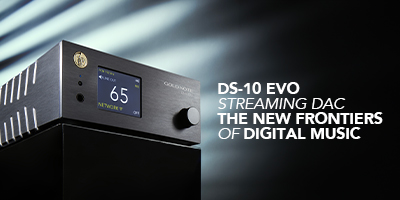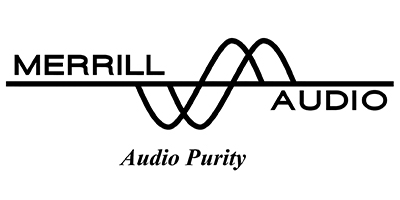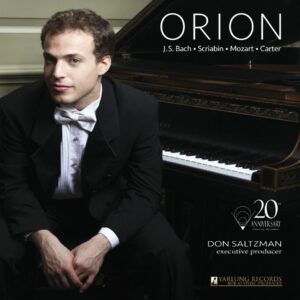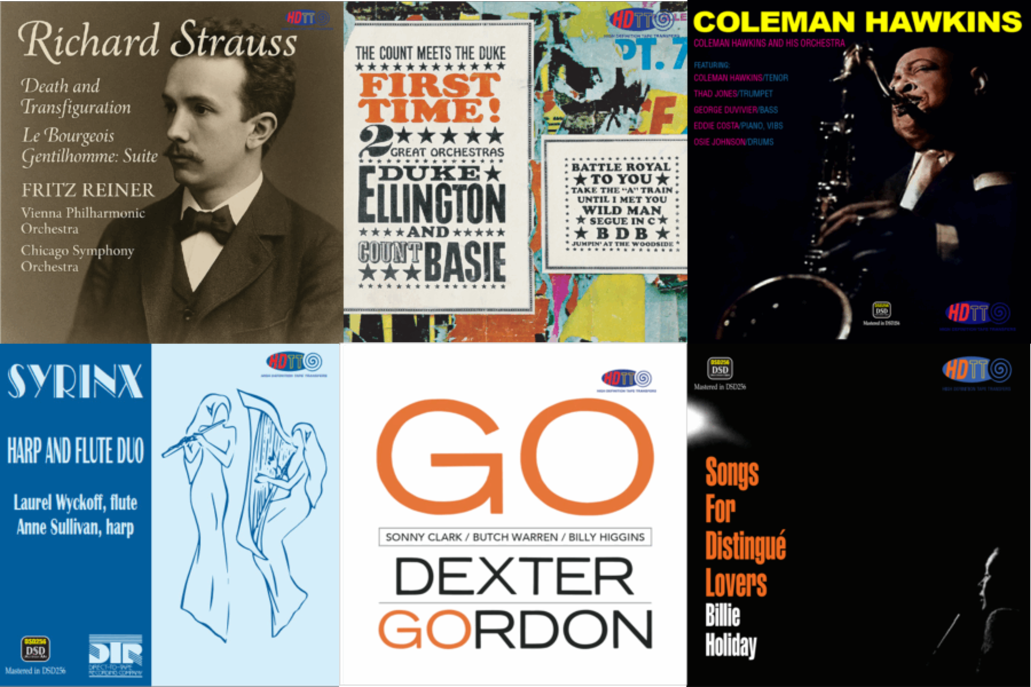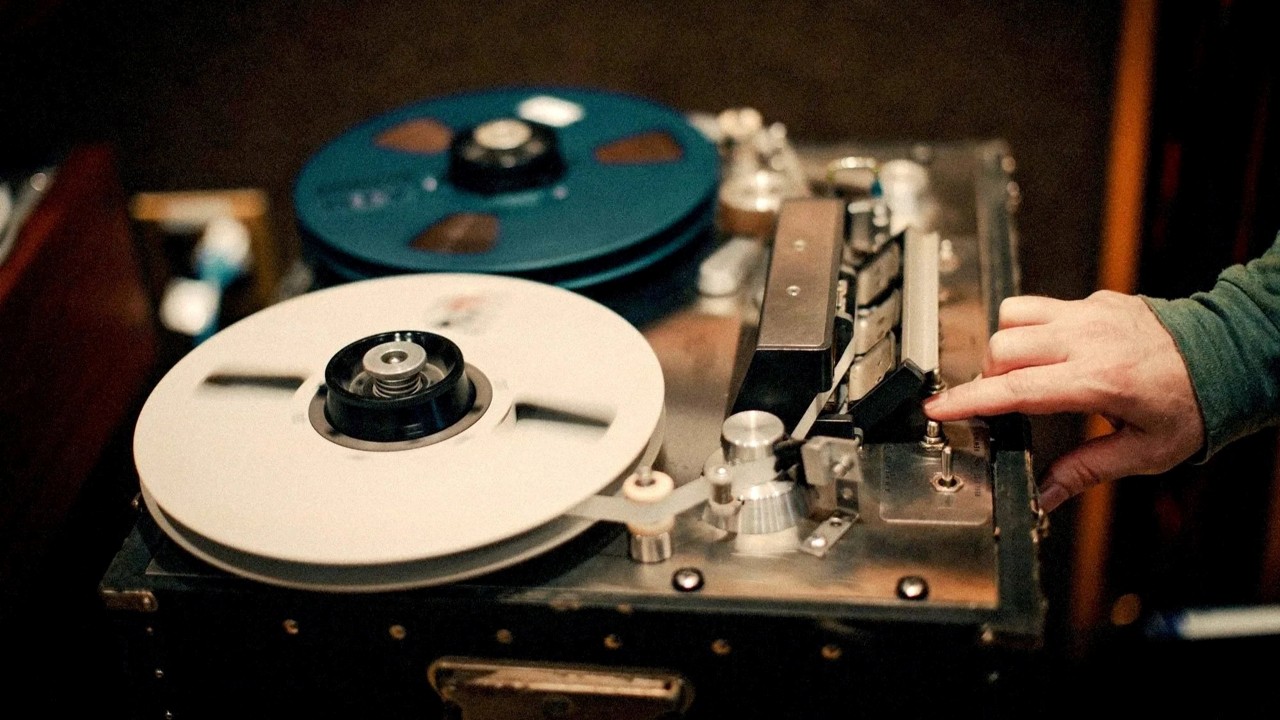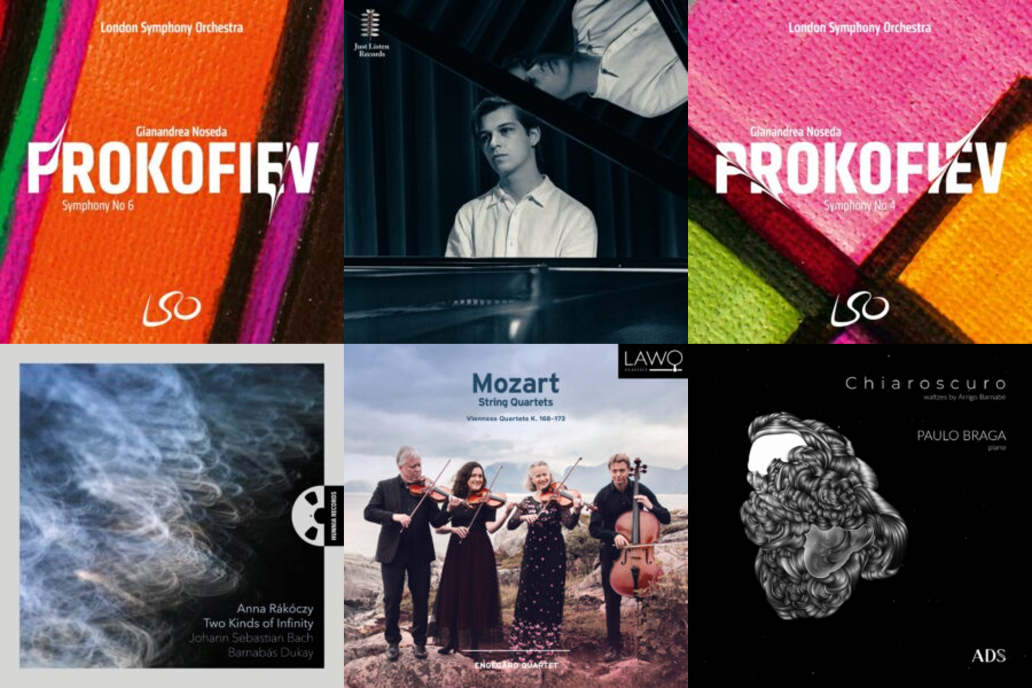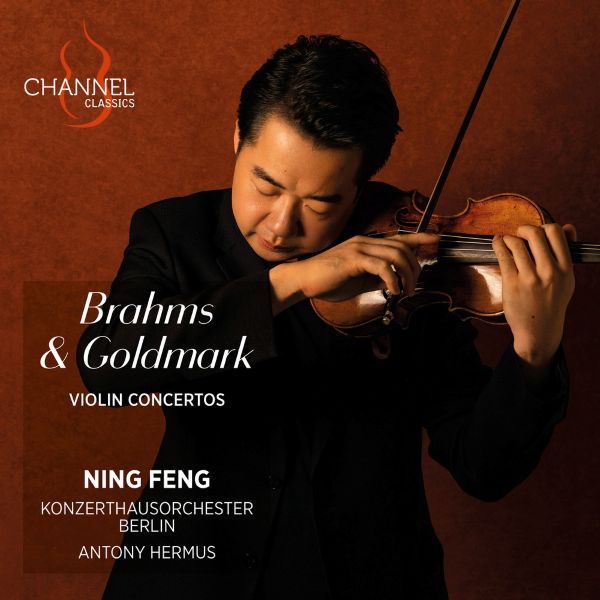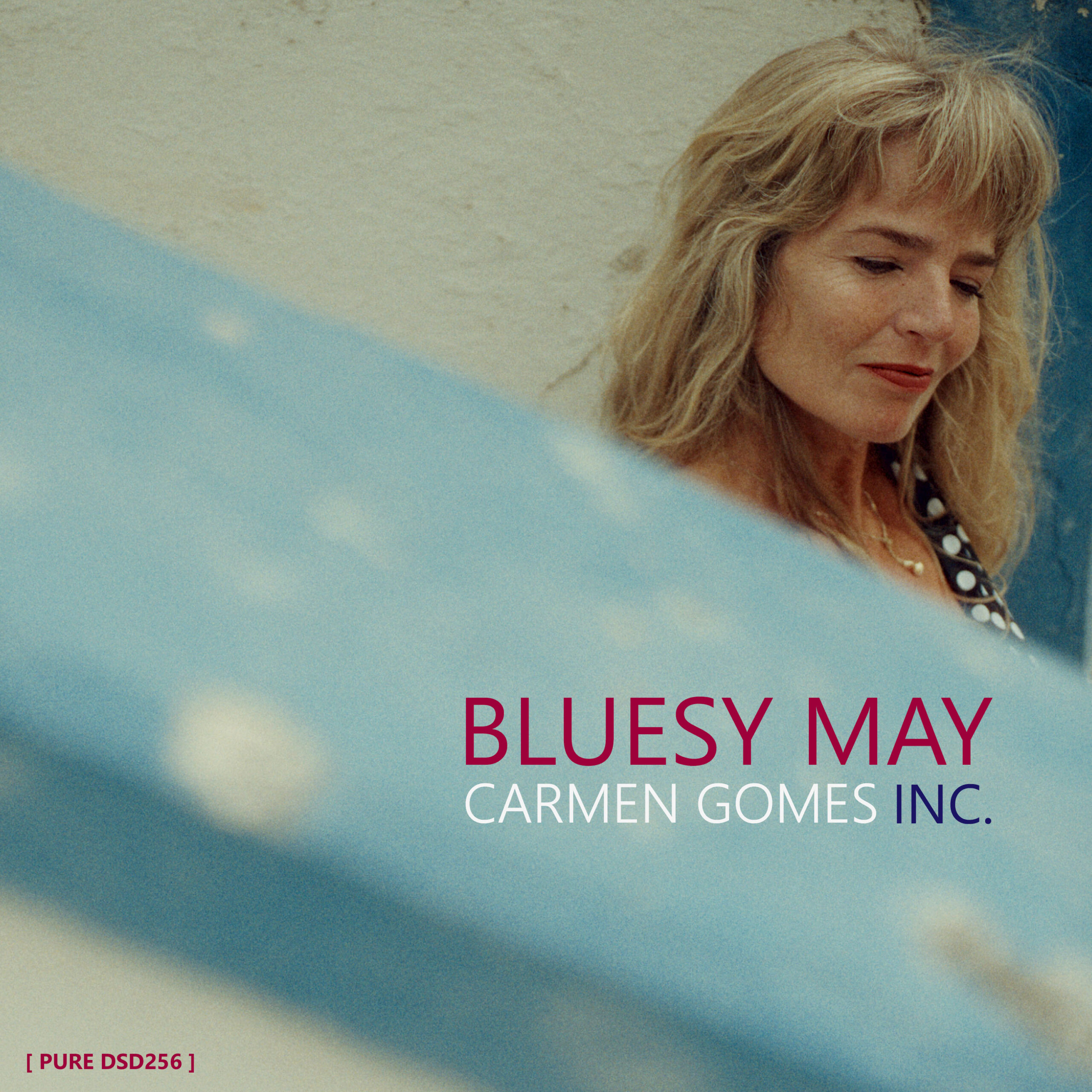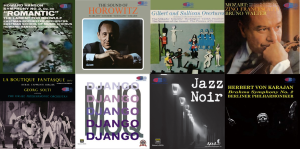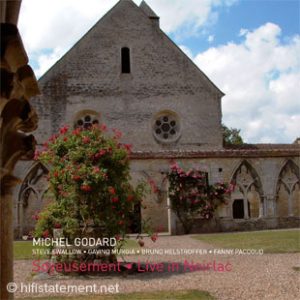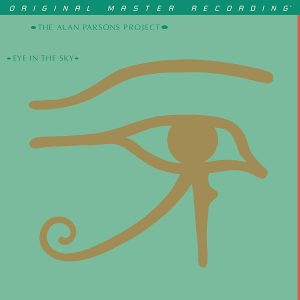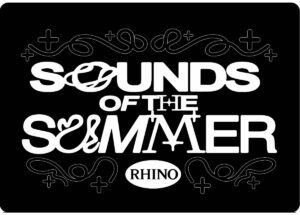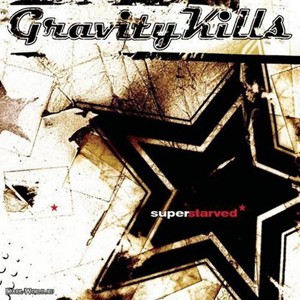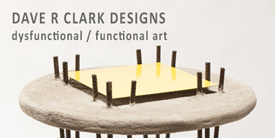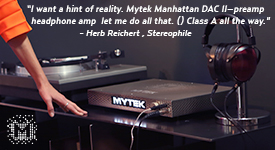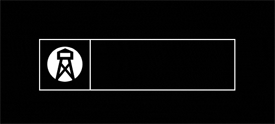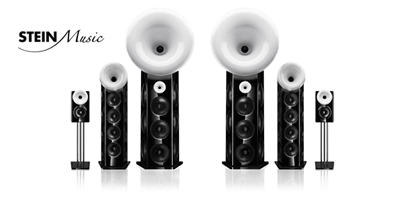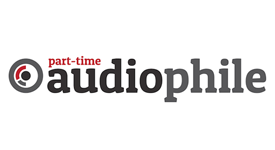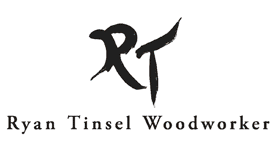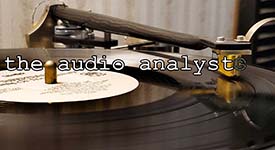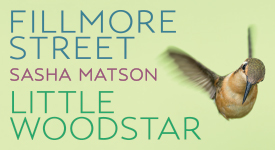As Yarlung Records celebrates its 20th Anniversary, founder Bob Attiyeh is reissuing in Pure DSD256 some of the 15ips 2-track tape recordings made in earlier years. We've previously seen released David Fung's Evening Conversations (HERE) and coming before long will be Ciaramella's Music in the Court of Burgundy. But now we have this very excellent recording with pianist Orion Weiss. Read on...
Orion Weiss, Music for Piano by Bach, Scriabin, Mozart and Carter (20th Anniversary Edition). Yarlung 2008 2025 (Pure DSD256, Stereo) Edit Master Sourced (To be released Friday, November 7 at NativeDSD)
Yarlung Records continues its 20th Anniversary series of reissues from the master tapes in Pure DSD256—Hurrah! And with such a nice album, as well.
Orion Weiss recorded these performances for Yarlung in September 2007 in the Zipper Hall at Colburn School in Los Angeles. This was two years after winning the 2005 William Petschek Recital Award at Juilliard and making his New York recital debut at Alice Tully Hall and his European debut in a recital at the Musée du Louvre in Paris. And eight years after making his Cleveland Orchestra debut performing Liszt’s Piano Concerto No. 1, followed the next month, with less than 24 hours notice, by stepping in to replace André Watts for a performance of Shostakovich’s Piano Concerto No. 2 with the Baltimore Symphony Orchestra. Those recitals demonstrate some serious chops. All of which become readily apparent in this solo recital for Yarlung of some selected works by Bach, Scriabin, Mozart, and Carter.
The album opens with Bach's French Overture for Keyboard, BWV 831, which is nicely played—with Weiss allowing the music to speak for itself without indulging any extravagances.
But it his next performance of Scriabin's Piano Sonata No. 5 in F sharp major, Op. 53, that truly caught my attention. This is a truly challenging piece that, in the wrong hands, can sound disastrously disjointed. Not with Weiss, who grabs this challenging score by the throat and delivers a cogent, well constructed performance, with powerful technique and great insight. To say I enjoyed this performance of Scriabin is an understatement. I immediately played it a second time, all the way through again.
A nice interlude follows with Mozart's variations on "Salve tu Domine," a theme from Paisiello’s opera I filosofi immaginarii.
And then Weiss plows into Elliott Carter's Piano Sonata masterpiece. Just wow! It knocked me down. To hear Weiss play this complex, highly interwoven composition, with all of its changes in pitch, with such assurance and technical competence was a pure joy and a treasure. This artist can play! Even at this rather early stage of his career, Weiss will absolutely make you sit up and pay attention.
Of course, Orion Weiss has moved along very successfully in his continued career over the last 18 years with both solo recitals, chamber music performances, and soloist engagements with multiples of the best orchestras in the world. And recognition of his musicianship has accompanied him with comments such as a "brilliant pianist" (The New York Times), a pianist with "powerful technique and exceptional insight" (The Washington Post), "delicate, even fingerwork" (Washington Classical Review), and "head-spinning range of colors" (Chicago Tribune).
Here, we get to again visit with him in the early stages of his career when all of this promise is already so immediately apparent. What a gift Bob Attiyeh has given us in re-releasing this album with the best sonics in which it has ever been heard—thank you Bob Attiyeh and Yarlung Records.
As you may have surmised, I think the audio quality of this release is simply superb. But why? Well, first it is a Pure DSD256 transfer from the original analog master tapes. Long time readers will be familiar with my (and Dr. David's) expressed opinion that a good DSD256 transfer from the analog tape is virtually indistinguishable from the original tape. Second, the recording was made by Bob Attiyeh with immaculate attention to the purity of the signal path, the excellence of the microphones, and the proper capture of the natural acoustic space in which the recording was made (Zipper Hall at Colburn School in Los Angeles). And third, Yarlung obtained the use of a beautiful sounding Steinway model C grand piano for this recording—it sounds gorgeous.
Given all of this, how could the recording have gone wrong? Well, in lesser hands it could have gone wrong in any of a hundred different ways. But the team making the original recording paid attention to the details and really understood the value of "Less is More" when making a sonically outstanding recording. Here, the miking is very direct and simple with two matched Neumann U-47 microphones, very short cabling, and direct into the tape recorder. Microphone placement was determined by ear, experimenting with position changes a half-centimeter at a time over seven hours of placement testing. And no EQ adjustments, no compression, and no post processing. All of the EQ and balance decisions were all determined by the microphone placement, not by twiddling dials afterwards.
This is a great release. Well done! This album comes with my highest recommendations for excellence of music selection, performance, and sound quality.

